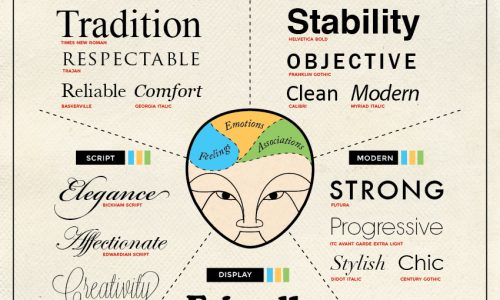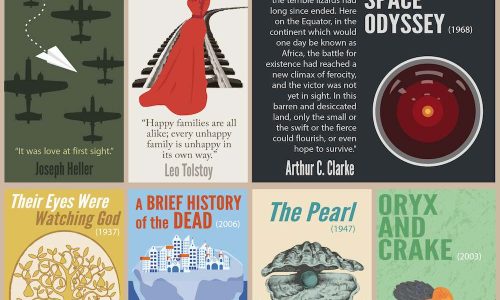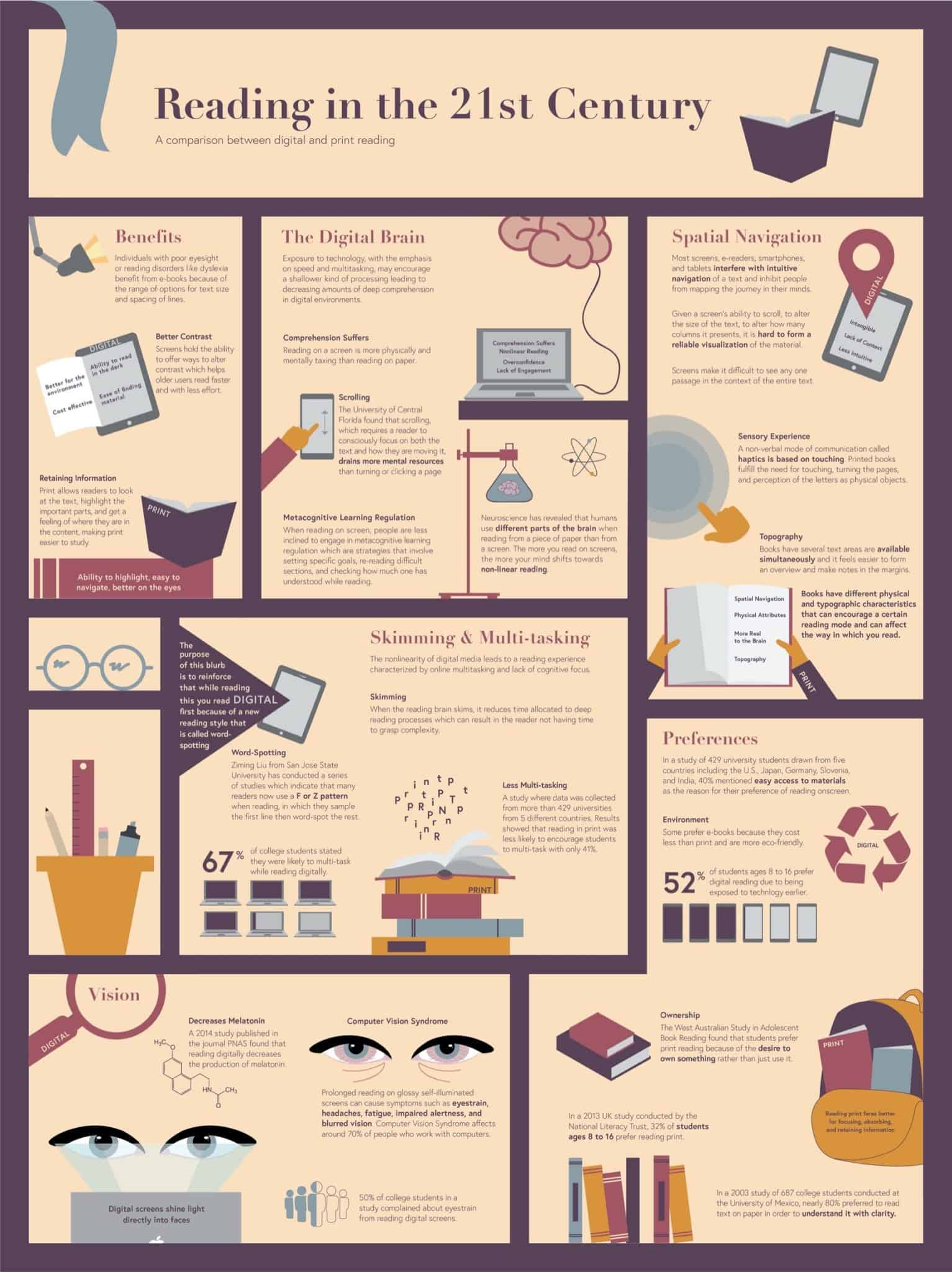
Many people who do not have dyslexia think they understand the condition. Maybe they’re aware of its scientific meaning. Perhaps they’ve had classmates, friends, peers diagnosed with dyslexia. Richard Branson is an example of a celebrity with well known dyslexia.
Today’s infographic explains exactly what reading with dyslexia is like- and what one font designer is doing to help. Anyone who has delved even a tiny bit into the world of typography and fonts knows it’s a fascinating area, one which even inspires people to write definitive guides in order to explain it. The font Dyslexie, designed by Christian Boer (who is himself dyslexic), isn’t based on aesthetic or stylistic concerns, however; its purpose is to make reading easier for people with dyslexia.
Instead of integrating visual signals from both hemispheres of the brain as most readers do, dyslexic readers must rely only on the left hemisphere to do all of the heavy lifting. This means that 2D letters can appear as 3D objects that spin, tip over, or otherwise flip into ‘twins’ of themselves, and appear to be a different letter entirely. Dyslexie battles this issue by weighting letters down, widening their open spaces, and giving them unique features.
Best of all, it appears that this new font may really be a game-changer: 81% of dyslexic readers felt they could read faster, and 73% said they made fewer letters. It turns out something as simple as a font can make a huge difference.




